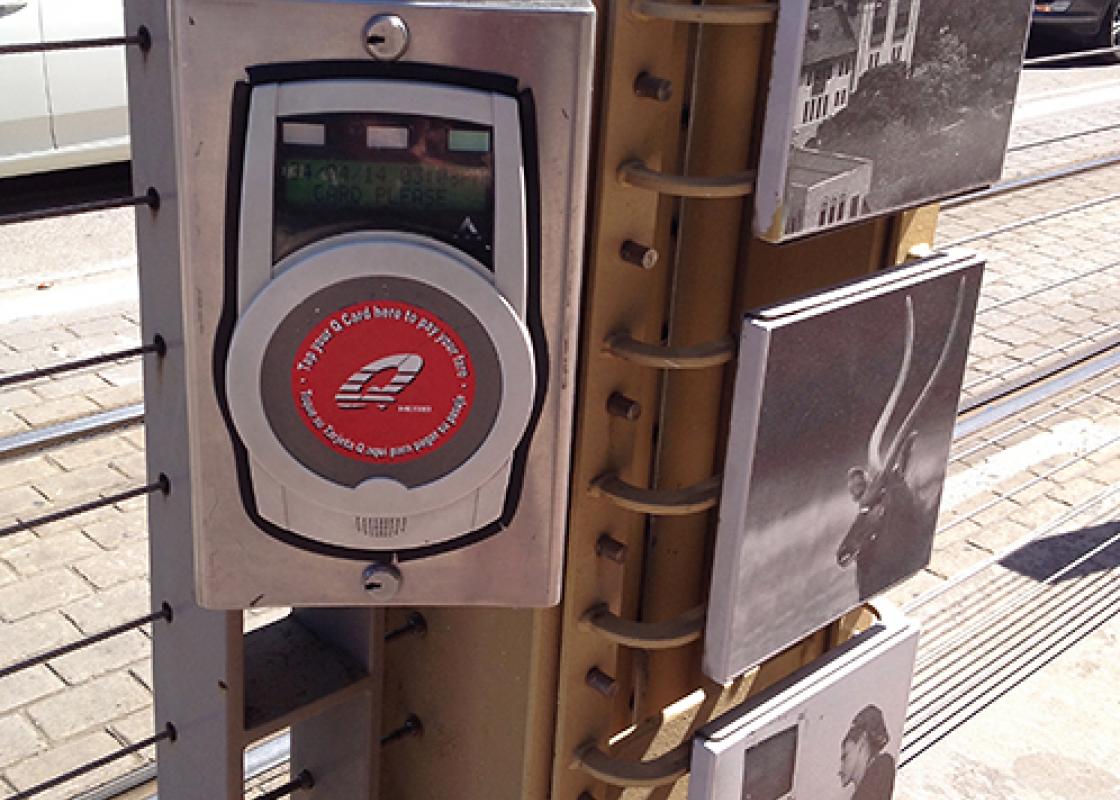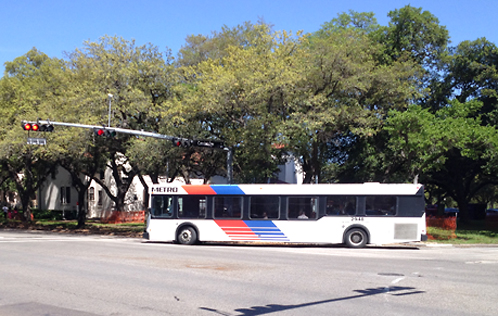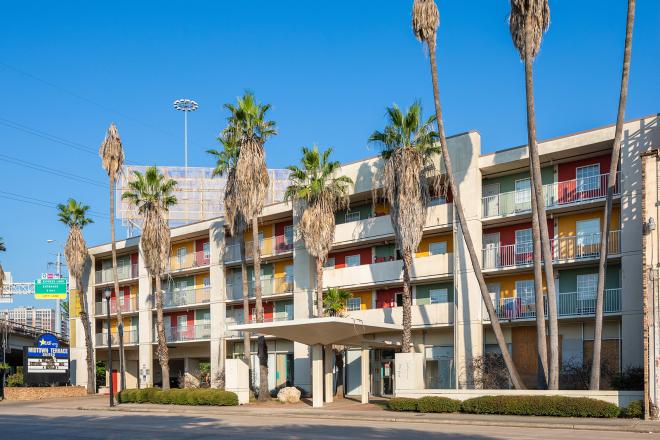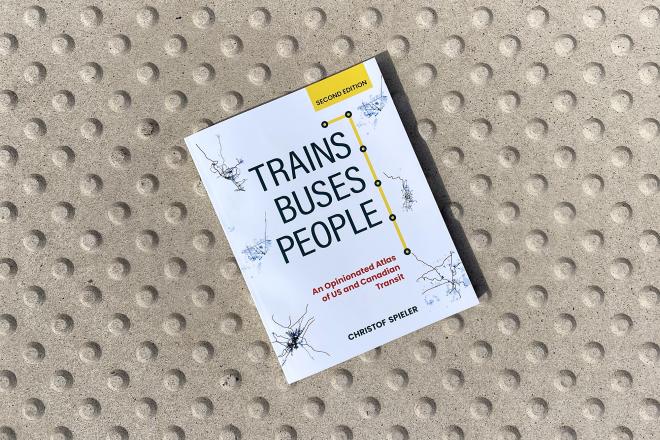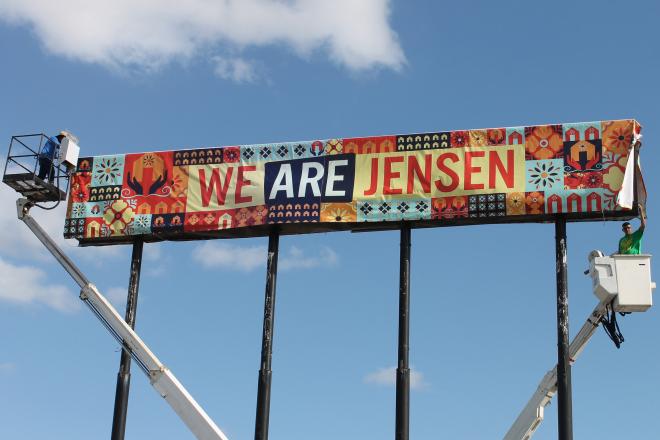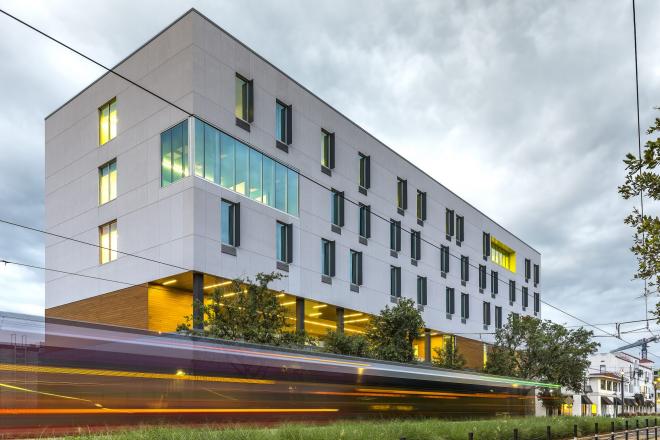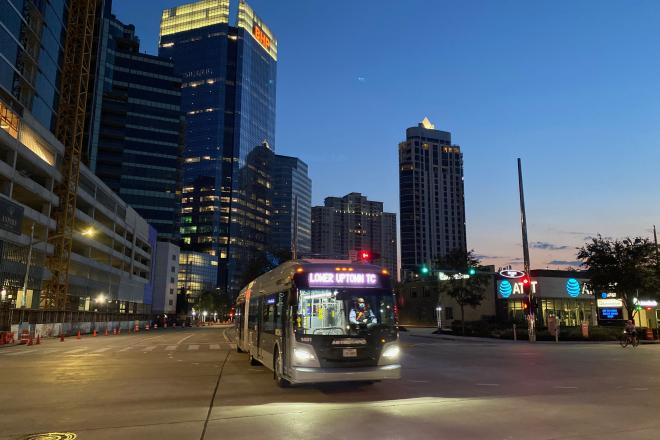The inaugural Sunday Streets HTX takes place this Sunday, April 6, along White Oak and Quitman in the Heights. There will be plenty of activities for everyone to enjoy. But how, in Houston, do you get to an event that purposefully excludes vehicles? Here, Cite editor and long-time METRO rider Raj Mankad shares his insider's knowledge about our public transit.
Ten years ago, I thought of METRO's buses as huge beasts that might leap off the road and devour me. Now I use them to get all around the Houston region. Are there better transit systems around the world? Can we build a better system? Of course. Nonetheless, we do have transit, and certain aspects can work well for you.
Below are some tips I'd like to relate. I don't work for METRO, so this is an unofficial and incomplete guide.
- While navigating the streets, use all your senses to enjoy your surroundings and avoid danger. Walking is an art form. Look up psychogeography and the tradition of the flaneur. Don't wear headphones or listen to music, podcasts, or audio books. Drivers are often distracted. Huge vehicles can't stop quickly. So you cannot afford to be distracted. Failure to heed this advice can have tragic consequences. Please no headphones! Not until you are in a safe seat. Put them up before your ride ends.
- If you are trying to use METRO for the first time, do so on a weekday, never on a Sunday. The transit system is designed to get people to their jobs. The frequency of bus and train service drops dramatically on Sundays. METRO is generally at its best from 7 a.m. to 9:30 a.m. and 4 p.m. to 6:30 pm on weekdays.
- Use both the Google Maps transit tool and the METRO website to plan your trip in advance. (If you have a smartphone, you can download the METRO T.R.I.P. app.) But you might start with Google. Type in your starting point and destination. Click on the little train icon. Google will likely give you two or three options that make some combination of walking, buses, and light rail. Then you can go to the METRO website, which has a route planner that isn't as user friendly as Google. What the METRO website does provide are details of each route. So let's say you are considering the 82 Westheimer bus: open the .PDF for that route, look at the map, and check out the frequency, which brings me to my next point.
- If at all possible, pick routes that run every 15 minutes or less. My last apartment was within walking distance of three different buses that run east to west. The closest one to the apartment, the 78 Alabama, runs every 30 minutes. Let's say I walked to that stop and just missed the bus without knowing it. The next bus might be ten minutes late. So I could end up waiting 40 minutes! The same "worst-case scenario" for the next bus line over, the 25 Richmond, would be a 20-minute wait. In the future, you can expect METRO to better define the high-frequency routes through color and signage. For now, you need to do a little homework on your own to figure it out.
- Get a free Q Card. In the old days, you paid with cash, and if you were going to switch buses, you asked for a transfer and the driver gave you a little piece of paper. You can still pay with cash, but for transfers you need a Q Card, which is a credit card-like piece of plastic. The Q Card eliminates the hassle of having exact fare. Don't go to the METRO headquarters to obtain your Q card unless you are in some special category of people (students, seniors, and disabled) that qualifies for discounted fare --- read the fine print before you stand in line. It's not hard to get a Q card. Fill out this online form, and METRO sends you one in the mail. Or get one at a Fiesta, Kroger, HEB, or another retailer on this list. The cards can be loaded with money at those stores, on train platforms, or on the bus at little machines. The machines are about as easy to use as an ATM.
- When you want to pay your fare, tap the card on a red circular reader. You just keep tapping as you make transfers. The system doesn't double- or overcharge you. If you want to know how much money is on the card, keep it down on the red circular thing and read the screen. If your card is out of money when you board a bus, you can tell the bus driver, go to the back of the bus, add money to your card, and then tap it on the little machine.
- Try to understand the current conception of the system. The vast majority of buses go in and out of Downtown. It's a hub-and-spoke system for a polynuclear city. So if you need to cross a part of town that is far from Downtown, there may not be a good route. The better you understand this failure of the current system, the better you can make adequate plans. METRO is in the process of revising this basic conception, but it won't be implemented for some time.
And a few more quick ones:
- Leave early enough to miss one bus or train. Give yourself a cushion so you don't stress out.
- Sit towards the front of buses if there is a seat. The back is bouncy.
- Live far from the Loop and work regular hours Downtown or near the Texas Medical Center? Try the commuter buses. They are comfortable and use the HOV lanes. You fly past the gridlock.
- Finally, bring a copy of Cite with you to read during your ride.
More >>>
Read Raj Mankad's unofficial guide to Sunday Streets HTX in the Heights.


